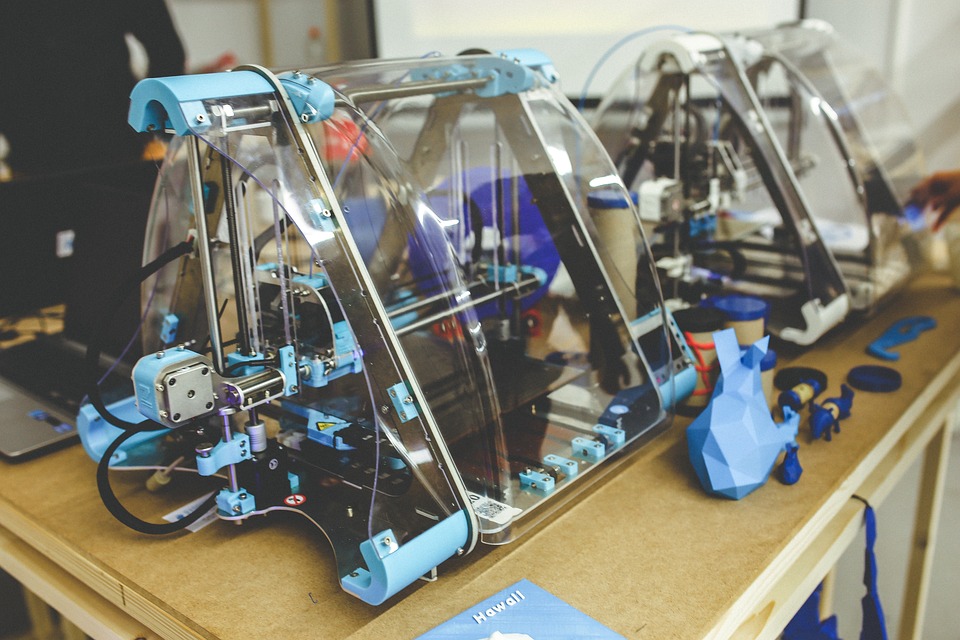From Imagination to Reality: The Future of 3D Printing

[ad_1]
From Imagination to Reality: The Future of 3D Printing
In an era of constant technological advancements, 3D printing has emerged as a groundbreaking innovation that has the potential to revolutionize various industries. The ability to transform digital designs into tangible objects has captured the imagination of inventors, designers, and engineers alike. With its ability to fabricate complex structures with remarkable precision, 3D printing is set to shape the future of manufacturing and beyond.
One of the most significant advancements in recent years has been the increased accessibility of 3D printing technology. Once limited to large corporations and research facilities, 3D printers have become more affordable and user-friendly. This democratization of technology has allowed individuals and small businesses to experiment and leverage the benefits of 3D printing.
The impact of 3D printing is already visible in industries such as healthcare and aerospace. In the medical field, 3D printing has ushered in a new era of personalized patient care. Surgeons can now create patient-specific models before complex surgeries, enabling them to plan and practice procedures in advance, reducing the risk of errors. 3D-printed organs and prosthetics have also transformed the lives of many, offering customized solutions that were previously unimaginable.
Furthermore, aerospace companies are benefiting immensely from 3D printing technology. The ability to produce lightweight and complex parts has resulted in substantial weight reduction in aircraft, leading to improved fuel efficiency. This not only helps in reducing carbon emissions but also has a significant impact on the economics of the aviation industry.
The potential of 3D printing extends far beyond these industries. Architects and designers have begun to explore its applications in construction. With customizable 3D-printed building components, architects can create innovative structures that are not limited by traditional construction techniques. This opens up new possibilities for the design process, allowing for the creation of buildings with intricate details, reduced waste, and shorter construction timelines.
The world of fashion is also undergoing a transformation thanks to 3D printing. Designers are utilizing 3D printers to create intricate and unique pieces that were once impossible to reproduce using traditional methods. With the ability to print complex shapes and materials, fashion is becoming more accessible and sustainable, reducing waste that is typically associated with the industry.
As the technology continues to evolve, experts predict that 3D printing will become an integral part of our everyday lives. Imagine a world where replacement parts for household appliances can be instantly printed or where consumers can design and print their own products at home. This would not only reduce waste but also challenge the traditional manufacturing and supply chains.
While 3D printing holds immense promise, there are still challenges that need to be overcome. As the technology advances, ensuring the safety and quality of 3D-printed products becomes paramount. The industry needs to establish standards and regulations to ensure that objects printed using different materials and techniques meet the required safety standards.
Despite these challenges, one thing is certain: 3D printing is here to stay. It has already proven its potential in revolutionizing industries and has become a tool for creativity and innovation. With continued research, development, and collaboration, the future of 3D printing looks bright, offering limitless possibilities for invention and production. The transition from imagination to reality has just begun, and the era of 3D printing is set to shape the world as we know it.
[ad_2]
